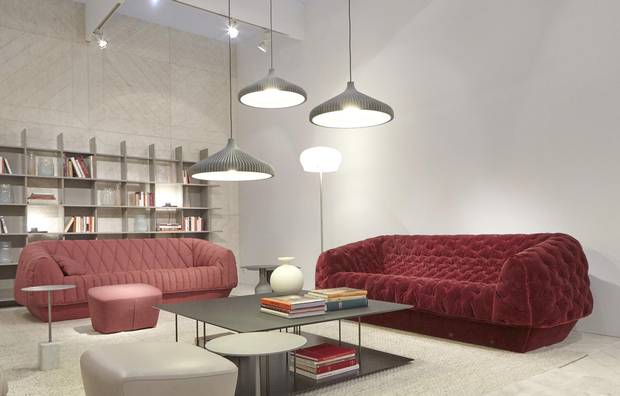Twice a year, anyone who is anyone in the design world heads to Paris's Maison & Objet to seek out the latest in the way of design trends. From furniture to wallpapers, crockery to crystal, food to ethnic-chic accents, the trade fair is an eclectic, comprehensive and extensive resource that spreads over no less than eight huge halls that are dizzyingly filled with the sleek stalls of design studios and brands that have travelled from all over the world. We've asked several experts to sift through the fair's dense offerings to bring you the hottest design trends for 2017.
1. La vie en rose
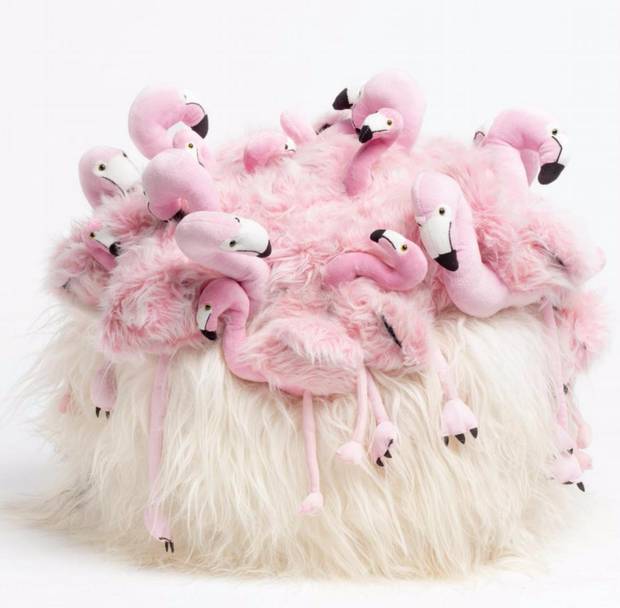
AP Collection
AP Collection’s flamingo chair was the most-photographer object of the fair.
Pink in all its forms and tones was the hottest colour at Maison & Objet this January. For Costas Voyatzis, founder and editor of online design magazine Yatzer, and François Bernard, founder of Croisements agency and artistic director for brands, the colour swept through the entire fair with unpredictable intensity, including the over-the-top, most-photographed object of the fair, Belgium-based company AP Collection's flamingo chair. "The piece itself was a testament to vintage furniture being given a new lease of life, in this case the Globe chair by Pierre Paulin [1960s, Artifort], that was covered by lots of small stuffed toy flamingos," explains Voyatzis. Other examples of the pink invasion include Sebastian Herkner's collection for Pulpo.
2. Into the wild
"Wild and raw was last year's theme; this edition we can see that the trend is ever more present, especially in the decor of the stands, like at [French furniture brand] Cinna," says Bernard.
"It's nothing new, but it's getting more wild and more intense, which you can see especially in the use of weathered, worn wood, or stone like at Atmosphère et Bois and Sempre. There's a strong theme of wild nature, of nature taking back its place in our world. It reflects the beauty of the elements at work, of time passing, of the beauty of resistance." For Costas Voyatzis, the wild theme is also trending with decorative pieces like jungle wallpaper prints by Pierre Frey and the Primates ceramic monkey vases by Elena Salmistraro for Bosa. Designer Dorothée Meilichzon highlights that, in terms of raw nature, her top finds include Thomas Eyck's herbariums.
3. What you see isn't what you get
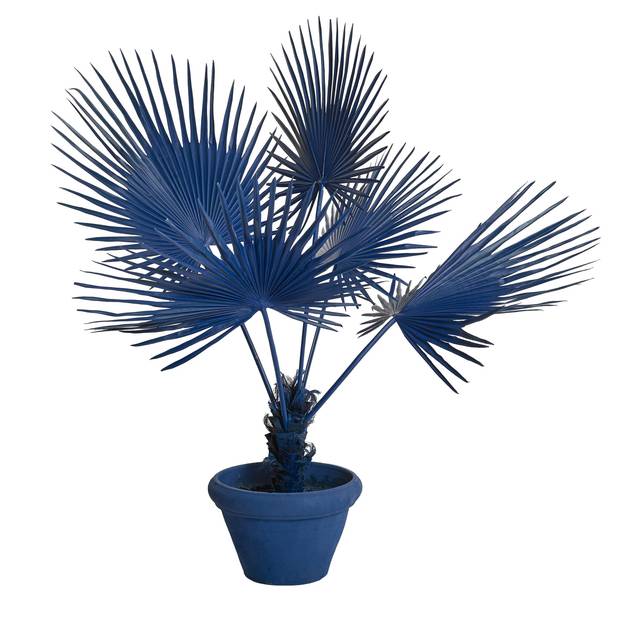
Potted fan palms by Pols Potten.
For art and culture adviser and curator Karin Hémar, January's Maison & Objet put on a show of furniture and objects that were made out of unexpected materials, breaking away with conventions and playing with our perception, like tables made out of timber that looks like metal, or colourful fabric potted fan palms by Pols Potten. "Designers are using materials to make objects that aren't usually made out of those materials, they've overhauled our perception of those materials and objects," she says.
4. The new items of nostalgia
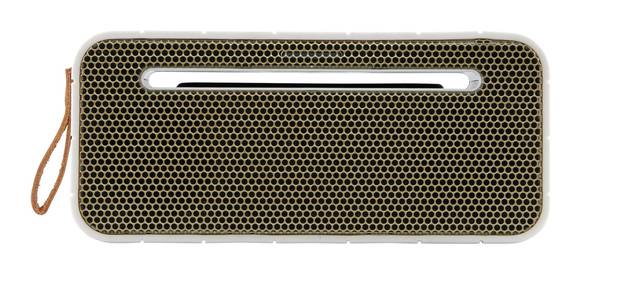
A transistor radio by Kreafunk.
François Bernard also highlighted the fact that vintage objects – like transistor radios such as those at Kreafunk, and world maps and matchboxes like those from Andrée Jardin – are going to make a comeback this year as decorative items that inspire nostalgia.
5. The minimalist beauty of silence
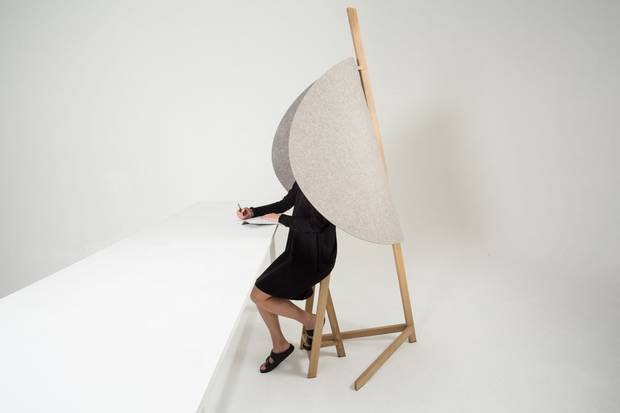
Pierre-Emmanuel Vandeputte’s Nascondino chairs exemplify the simplicity of shapes prevalent at Maison & Objet.
In our lives we need silence, we need time and space away from the saturated messages we are relentlessly exposed to, which is why Silence was this year's Maison & Objet theme. For Voyatzis, "From the raw and tactile surfaces, we also saw a move towards the absence of distraction, to the reduction of materials and to the simplicity of shapes through an exhibition of design items curated by trend forecaster, interior designer and curator Elizabeth Leriche, who celebrated luxurious minimalism through silence." For Bernard it wasn't quite a trend, but more the inspiration for an evolving trend. "Silence wasn't necessarily the trend itself, but more of a starting point for [pieces of] furniture that wrap you up, make you feel cosy, invite introspection, reflection…," he says. Examples include vases by Rina Menardi and Martin Azua that inspire quiet meditation, or Pierre-Emmanuel Vandeputte's Nascondino chairs.
6. Silence in eclecticism
To Bernard it seemed that "every sofa looked like cushions on legs." These designs provide privacy and intimacy and call for reflection, sleep and therefore a type of silence, like at Expormim, Perrouin and Wood. Bernard adds that there is a return to the décorateur style, which can be extremely eclectic and seen as a sign of bad taste and over the top. "However, some designers have a talent for mixing styles, materials, colours and textiles so that when it's well done, what arises is a sort of silence, a harmony," he explains. "This mélange is a real art, like at [Italy's] Dimore Studio." It's in the curves of the furniture, the heavy fabrics like velvet or wool, which tend to absorb sound and bring a quiet, intimate atmosphere to a space. "It's an evocation of ultimate luxurious comfort and we saw many, many stands like these."
7. Round and round, and quilted
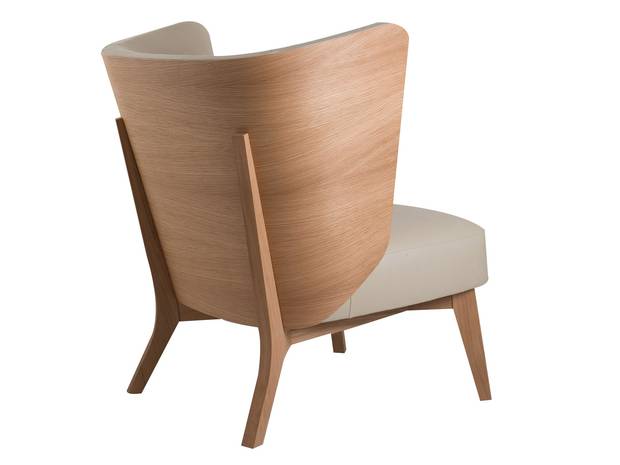
Fifties pop-style furniture, such as Perrouin’s slick Kalin lounge chair, is making a comeback.
François Bernard and designer Dorothée Meilichzon also highlighted that fifties pop-style furniture, where angles tend to be rounded, is hot this year, like Chalet Affair's round fluffy stools, and Perrouin's slick Kalin lounge chair or INSIDE armchair. Bernard also pointed out that lozenge-quilted furniture is highly in vogue, like Cinna's chesterfield in several colours.
8. Reconnecting with touch
For Costa Voyatzis, living as we do, staring at screens all the time, tactile experiences have become of paramount importance, which has led to textiles and materials seeking to engage and encourage touch. Texture has become a focal point, as in the Else Moss series of vases by Michal Fargo for PCM Design, the essential wallpaper collection by Wall & Deco, and the new, thorny Tulum Celestial collection of furniture, lighting fixtures and ceramics by Elad Yifrach, the creative genius behind L'Objet.
